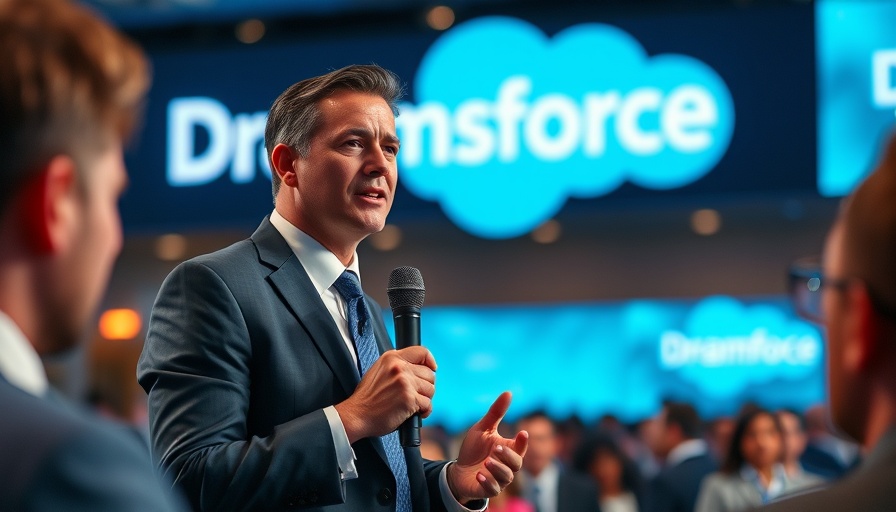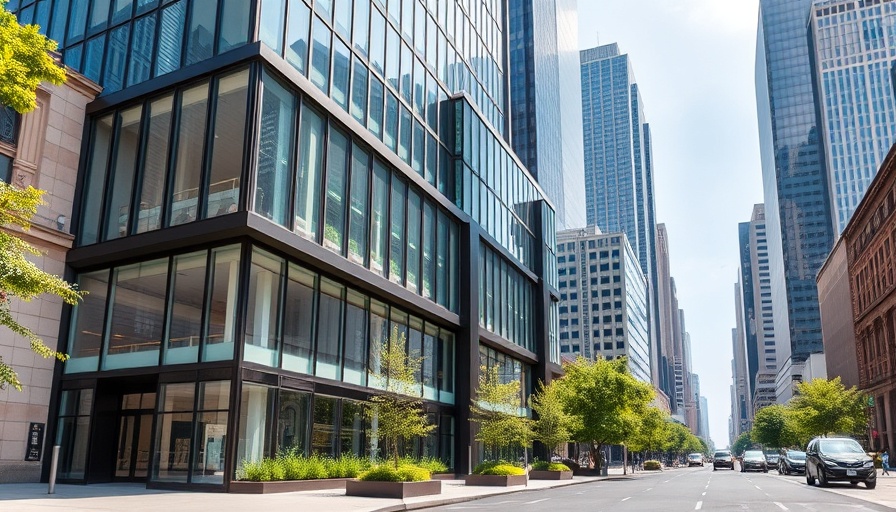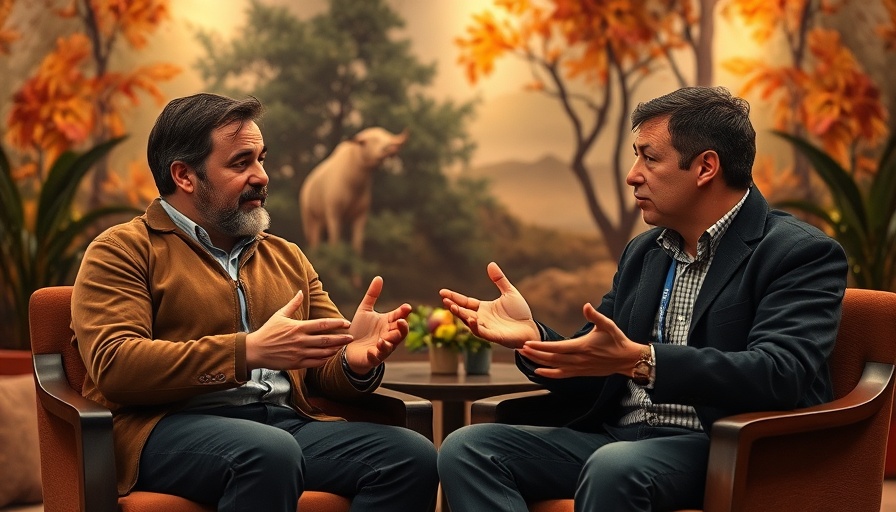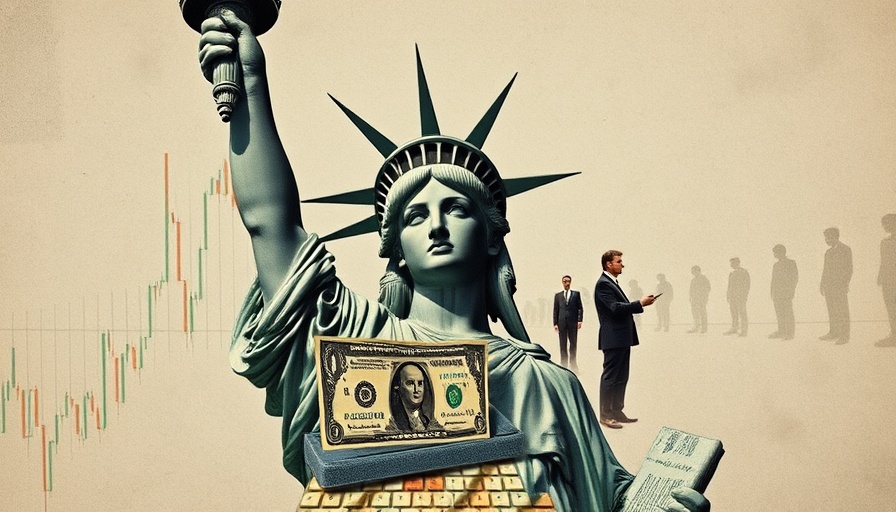
Benioff's Shift from Politics to People: The Dreamforce Dilemma
Marc Benioff, the charismatic CEO of Salesforce, showcased his duality during the first day of Dreamforce, a sprawling tech conference in San Francisco. Initially, he aimed to steer clear of political discussions, focusing instead on the implications of agentic AI. However, just a few hours later, he changed course, diving headfirst into political waters by welcoming David Sacks, the White House’s crypto and AI czar, to the stage.
Political Pressure in Silicon Valley
In recent weeks, Benioff's remarks about the social climate in San Francisco have ignited debates, particularly his call for deploying the National Guard to tackle the city’s crime rate. This unexpected pivot from a Democratic ally to an advocate for Trump’s policies has drawn mixed reactions from local leaders and residents alike. Critics argue that his comments are out of touch with reality, noting that city crime rates have actually decreased.
“This is a slap in the face to San Francisco,” said Matt Dorsey, a member of the city’s Board of Supervisors, highlighting a sense of betrayal among Benioff's traditional supporters.
David Sacks: A Musical Interlude in Controversy
As the conference progressed, the atmosphere shifted when Benioff introduced David Sacks. Their conversation quickly turned political, with Sacks praising President Trump as "indispensable" and discussing his own alignment with the administration. Benioff’s enthusiasm for Sacks was palpable, as he described their late-night conversations over bourbon, creating a tone more akin to a social gathering than a corporate event.
“I’m so excited to have you at Dreamforce, because your life has taken a huge right turn,” Benioff exuded, contrasting the day’s earlier attempts to downplay political topics.
Backlash and Local Sentiments
The backlash Benioff faces isn't just from the media or political circles; many ordinary citizens are unsettled by his views on crime and safety. Benioff's statement that crime surged because of police funding cuts conflicts with data suggesting otherwise.
San Francisco District Attorney Brooke Jenkins articulated a broader concern when she wrote on social media about public safety and Benioff's calls for a military presence, further emphasizing how this narrative creates a divide within the community.
Community Concerns Amid Corporate Glamor
As Benioff flaunts his new political associations, the sentiment among many San Franciscans reflects a desire for unity, not further polarization. City leaders like Governor Gavin Newsom and representatives from the Democratic Party have shown alarm at the prospect of military intervention in their cities. It’s a stark reminder that corporate figures like Benioff wield significant influence and their words can shape local policy and public perception.
The Future of Tech and Politics
This tension between technology leaders and their political views may fuel debates ahead of the next election cycle. Will the tech industry align more closely with national narratives, or will traditional relationships with local governments withstand the strain?
As important actors in both realms, the actions of powerful individuals like Benioff will likely continue to attract scrutiny, leaving many citizens to question where their priorities truly lie.
Navigating Public Relations and Personal Beliefs
Ultimately, the Dreamforce discussions raised significant questions about integrity and accountability within the tech industry. As leaders like Benioff navigate their corporate responsibilities alongside personal convictions, it's vital for stakeholders in the community to voice their opinions and push back against narratives that could endanger the values of inclusivity and safety.
Take Action! For those affected by Benioff’s remarks, it’s crucial to engage in community dialogues and express concerns to local leaders. Participating in town halls or social media discussions can help ensure diverse perspectives are heard and considered.
 Add Row
Add Row  Add
Add 




Write A Comment